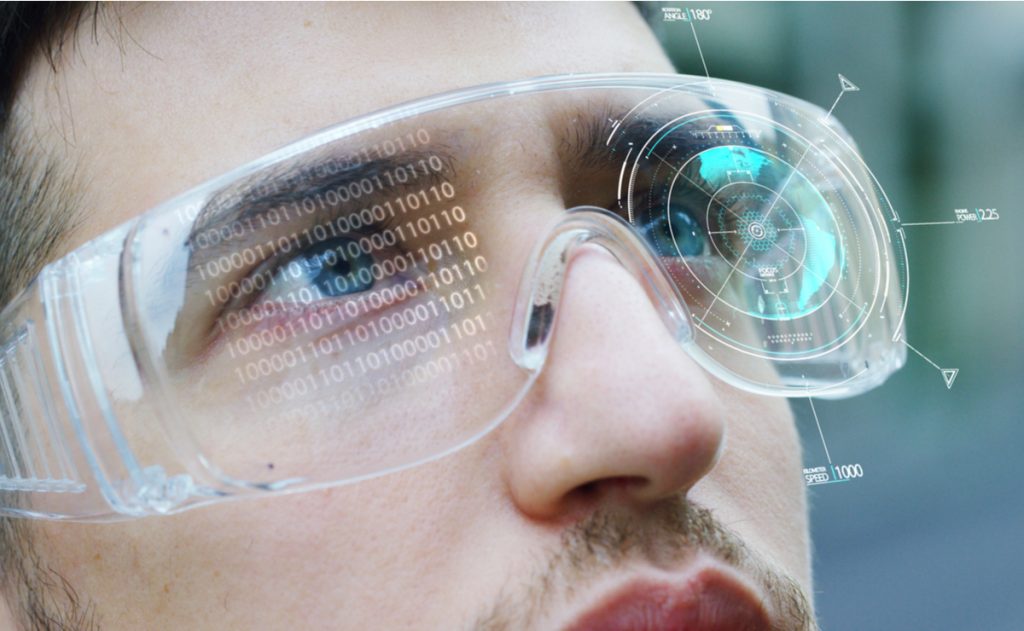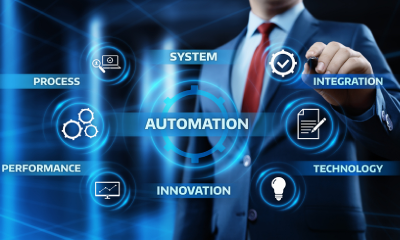2019 was the year when certain technologies saw many of major disruptions. The years even saw businesses becoming cautious before investing in the technologies, with some businesses investing thousands of dollars daily toward completely new technologies.
Augmented Reality (AR) and Virtual Reality (VR) was one sector in the technology vertical that witnessed exponential growth. The combination of both AR and VR built the foundation of Extended Reality (XR) that was pushed into applications around various sectors, so now, not only the gaming industry experts are looking forward to these technologies with anticipation, but even to scrutinize the applications.
Recently during a tech expo, I got a chance to experience haptic technology. So, what is haptic technology? It’s something that combines the physical and virtual world for a better experience, but with a sense of touch that is more effective. I used the technology for over an hour and didn’t find anything lagging.
I promise you, if this technology comes into the market, I would be the first one to buy it! The immersive experience was good not only for gaming purposes but even with 360-degree videos. Snapchat’s recent launch of Spectacle 3 got many industry experts excited about the application of augmented reality with variable devices. So as we look at the growing applications year, 2020 will be seeing some new trends emerge.
Industrial outpaces gaming and entertainment platform
Most of the customers experience VR and AR through gaming and entertainment. However, what most consumers are forgetting is that the growing industrial applications are actually beating the consumer-side applications. The recent 2020 XR Industry Insight report collated by VR Intelligence states that 65% of the AR businesses are working on industrial applications while only 37% are working on consumer software and products.
Organizations are building on application solutions that can simulate working in dangerous environments or with expensive, easily damaged tools and equipment without any undaunted risks. For engineers and innovators, an AR/VR technology can essentially relay all the information directly to the information database to solve any given issue.
Xtended reality in healthcare
VR has already been adopted in the therapy section of medical science. It’s being used to treat patients with phobias and anxiety disorders in a scientific way. Medical science is moving forward. It’s combining biosensors that monitor the physical reactions of any patient or athlete during stressful situations in a safe and virtual environment. AR in healthcare is forecasted to grow more rapidly by 38% until 2025; AR can be used by surgeons for training and mock drills before the actual operation.
It’s aiding the healthcare workers to avoid accidents during the job, as with these innovations and improved patient outcomes and reduced cost of treatment, it is likely to become mainstream throughout 2020.
Headset will be getting smaller and powerful
The current XR technology still needs to satisfy the mobility requirements in terms of size and technology. The problem with VR is that it needs powerful processing that is required to generate powerful graphics and needs to be contained within the headset.
VR headsets are growing and generating more realistic worlds for the VR users to explore as several of the devices are now getting added with more powerful processors. The early VR worlds were completely generated using low-resolution polygons, while in 2020, it will come closer to reality, providing better immersive experiences. The biggest application we see is Apple’s forthcoming 8K display combined with AR/VR glasses that will not be tethered to computer or phone.
5G bringing the capabilities closer
Superfast mobile networks are all set to boost the potential network of XR to strengthen its presence in future entertainment and online gaming systems. It’s making further inroads into the industry during 2020. 5G offers a transfer speed of 3 gigabits per second, and by comparison, the average home broadband delivers well under 100 megabits per second. Most of the VR and AR data will be coming from the cloud. To satisfy the networking challenge, enterprises’ network technology like SD-WAN will be rendered.
Facebook even provides consumers with limited VR and AR experience and is limited due to low data transfer speed and on-device processing power. Combining it will cloud and 5G technology means designers of VR and AR will now have the flexibility to work with different designs. The result will be cheaper headsets and viewing devices and more realistic VR simulators.
Bringing AR/VR experience in education
Whether it’s a common challenge of completing a puzzle or solving a math problem, VR can come in handy. Technology should provide an immersive experience to every user, so they engage both with learning and technology to create a better environment. AR brings new flexibility to the learning platform for the businesses. Students now have the capability to take a trip through ancient Rome or through space to experience conditions on other planets. The fabric of learning needs to change where we need to see growth and provide a better experience. Distance learners can be provided with VR classrooms making learning a more collaborative environment.
Conclusion
The global spending on XR technology is forecasted to increase by 78.5% over the course of next year compared to this year. While the hardware would be the main focus for the organizations, it will differ mostly when we have flexibility in usage, and what the actual technology can do. As the usage of VR and AR starts rising through time, we would also be seeing the further usage of enterprise technology to fill the need for network and experience. To know more about technology, you can download our latest whitepapers on Technology.








































































